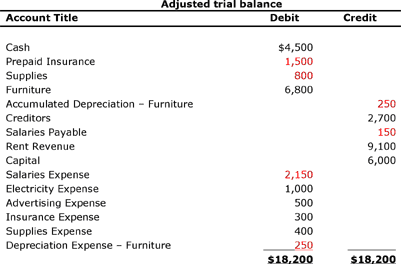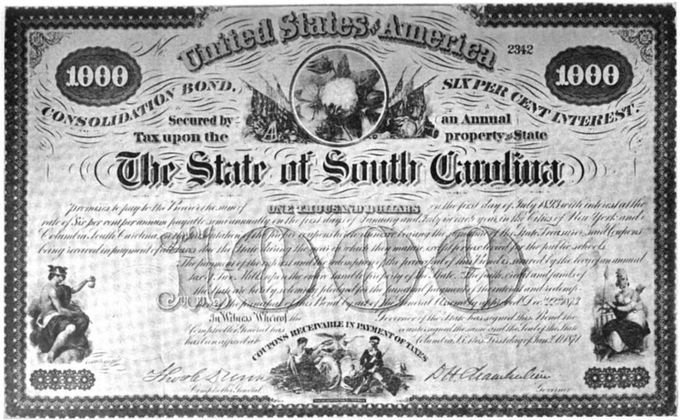
As a business owner, the thought of doing accounting for your business may be more intimidating than the prospect of owning a business. Overall, with these steps you’ll certainly be prepared to take ownership over your accounting needs. After all, you’ve already set up your own business, which means that you are both motivated and capable of doing so much private vs public accounting more. One of the last things you’ll do after closing out your books for the year is file forms with the IRS. If you check regularly (and compare to prior months’ numbers), it’s easier to make adjustments, so you are neither short nor overloaded. If you’re managing inventory, set aside time to reorder products that sell quickly and identify others that are moving slowly and may have to be marked down or written off.
Do You Need an Accountant for a Small Business?
While accounting may not be what motivates you to go to work every day, it’s likely something 7 main types of business activities carried out by organizations you’ll encounter whether you do it yourself or outsource to an accounting firm. There are weekly, monthly, quarterly, and annual accounting tasks you need to complete to ensure your business’s success. The first step of the accounting process involves the preparation of source documents. A source document or business document serves as the foundation for recording a transaction.
Step 3: Choose an accounting method
Here are some basic steps to get you started keeping track of your small business’s financial information, generating financial statements, and filing taxes. They may use the financial data bookkeepers generate to advise business owners on tax planning and budgeting. As a business owner, bookkeeping might not rank high on your list of priorities.
- Most of these applications cover the basics of accounting from invoicing, payments and payroll.
- While accounting may not be what motivates you to go to work every day, it’s likely something you’ll encounter whether you do it yourself or outsource to an accounting firm.
- Choosing an intuitive and easy-to-use system can help streamline your entire business accounting process, and save you tons of time.
Keep in mind that as an employer, you will likely have to pay both a federal and a state unemployment tax. Just for the sake of the example, let’s imagine that you decide to invest $5,000 of your own capital into your business. Accounting software can be found either in the explanation of certain schedule c expenses form of a desktop application or as a cloud-based app. The Ascent is a Motley Fool service that rates and reviews essential products for your everyday money matters.
Set Up a Chart of Accounts

For example, you record revenue for a product only when the customer pays you for the product. When you start a business, open a separate business bank account that will keep your business finances separate from your personal ones. While other financial statements report data for a period of time (a month, a quarter, or a year), the balance sheet reflects the company’s financials standing at that specific instant. With a little bit of preparation, even novices will be able to take on bookkeeping or accounting tasks for their business.
Aside from that, you also have to consider what you might pay to hire an accountant on a full-time or part-time basis. Because we’re increasing the bank balance, we enter the $200 as a debit to the Cash account, while we credit the accounts receivable account for $200 because the balance will decrease. If you’re still not sure what the difference is between a debit or a credit, and couldn’t tell an asset from a liability, accounting software can make your life a lot easier.
A good fit for sole proprietors, Sage Business Cloud Accounting makes it easy to track inventory sales and services. But even if you’re ready to find an accounting software application that’s right for your business, there are a few other things you need to do first. Though not a recommended method, all you need to start doing accounting for your business is a pencil and paper, and a lot of patience. Accounting is one of the most important elements to running a successful business – on top of being a legal obligation. Most reputable accounting software allows you to scan or snap a picture of receipts and other documents using your phone and attach it to the transaction.
Track your accounts payable and keep enough funds to pay your suppliers on time to avoid late fees. Whether you make payments online or drop a check in the mail, keep copies of invoices sent and received using accounting software to make things easier during tax time. If you are a small business, chances are you don’t actually need to hire an accountant. You can use online accounting software to automate most of your accounting tasks, at a fraction of the cost of an accountant or a CPA. Now, journal entries follow the double-entry bookkeeping method that we described above.
Minimum deposit requirements can depend on the type of business account and whether you’re opening the account at a traditional bank, credit union, or online bank. Xero starts at $9/month for the Early plan, though most small businesses will find the Growing plan, at $30/month, more suitable. With the help of good software, accounting for a small business can be much easier than you think.
If you’re using tax filing software, you may have the option to organize and store receipts electronically. Yarilet Perez is an experienced multimedia journalist and fact-checker with a Master of Science in Journalism. She has worked in multiple cities covering breaking news, politics, education, and more. Andy Smith is a Certified Financial Planner (CFP®), licensed realtor and educator with over 35 years of diverse financial management experience. He is an expert on personal finance, corporate finance and real estate and has assisted thousands of clients in meeting their financial goals over his career.

